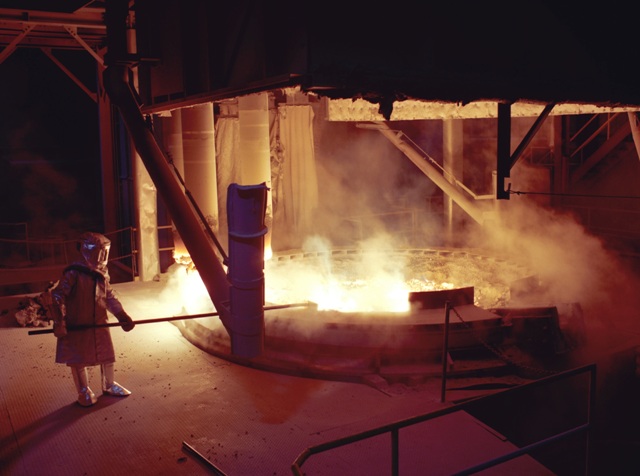
Abrasives, ceramic grains and powders play a very important role in the way thousands of products appear and perform whether the finishing process used is a grinding wheel, sand paper, thermal spraying or pressure blasting.
Minerals that are processed using electric arc furnace technology offer the right amount of porosity, optimal purity and crystal size to satisfy the highly stringent requirements of many industries. Abrasives, ceramic grains and powders play a very important role in the way thousands of products appear and perform worldwide irrespective of whether the finishing process used is a grinding wheel, sand paper, thermal spraying or pressure blasting.

Benefits of Fusion
In comparison to products produced using other processes like sintering, fused minerals offer a number of advantages.
Before even commencing a sintering process, it is important to size the materials meticulously to obtain the required reaction. There is no need for this level of accuracy with fused materials, saving energy, time and the resulting costs.
A sintered material traditionally has much higher porosity than a fused mineral. Materials in the fusion process are in a liquid state, meaning they have a drastically lower porosity.
The bulk specific gravity of a fused mineral and its theoretical specific gravity are very close, which is not the case for sintered material.
Another advantage is that the fusion process causes 100% transformation of minerals. Considering the previous example of mullite, if alumina and silica were processed using sintering, it would have been impossible to achieve the same 100% mullite end product. For instance, bauxite is high in alumina but includes contaminants such as silica, iron and titania. Melting of bauxite in an electric arc furnace in the presence of carbon results in reduction of iron oxide to an iron metal, and because it has a higher specific gravity when compared to alumina, it moves to the furnace bottom. A reduction of silica and certain amounts of titania in the bauxite also occur, improving the alumina content from 80-85% in the raw material and up to 95-96% in the fused product. These types of adjustments are simply impossible with sintering.
Crystal size can also have an effect on the finished product, especially in grinding materials. While pouring the liquid material into a mold it is possible to obtain considerably large crystals. Large alumina crystals in a grinding material may be aggressive considering that the cutting particles are bigger. However, large crystals in a grinding material having a coarse grit are tough to achieve with sintering, resulting in considerably smaller crystal sizes.
Alumina bubbles, which offer low thermal conductivity, are a suitable insulating material in certain applications. These bubbles can be produced easily in an electric furnace by melting the alumina and pouring it through an air stream so that hollow spheres are created. With sintering this is not possible.